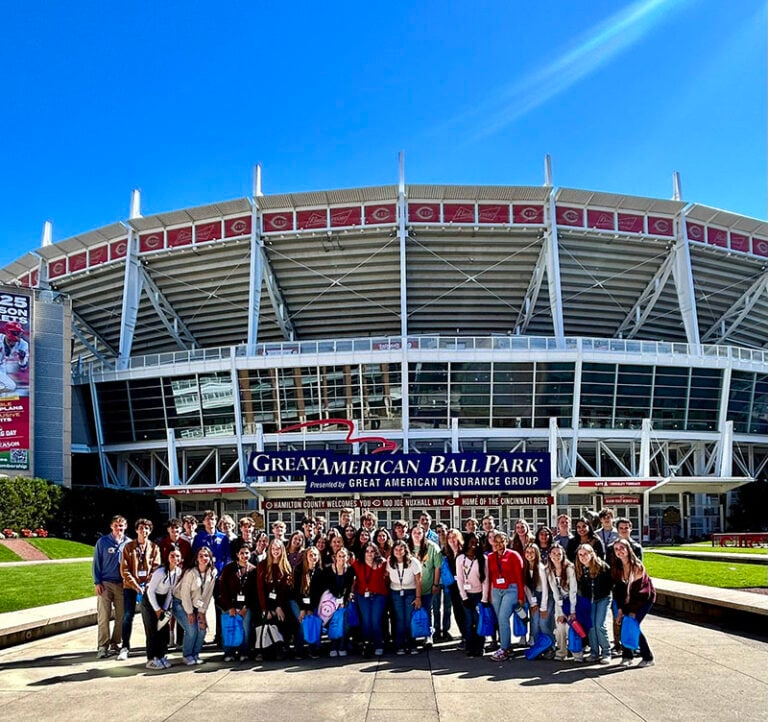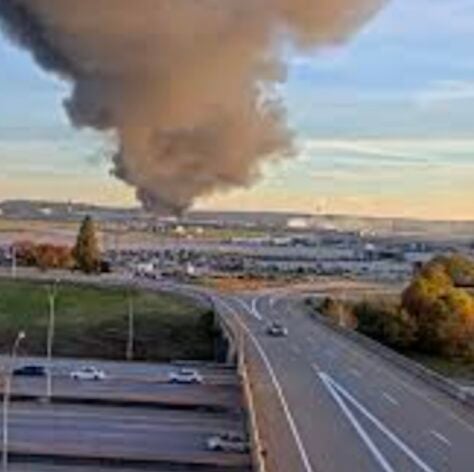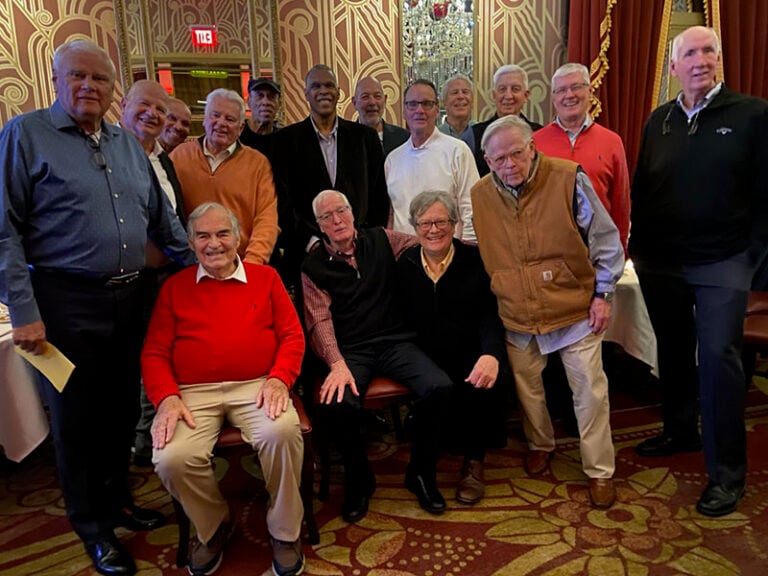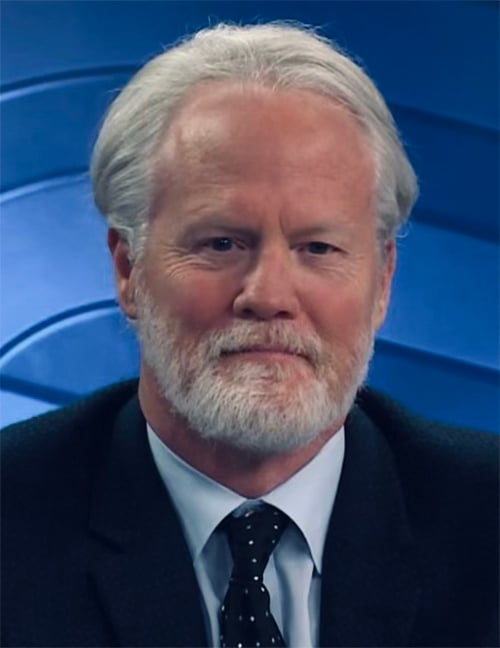By Andy Furman
NKyTribune reporter
It was billed as a lesson in our history – Northern Kentucky, to be exact. And the Covington Rotary had the perfect lecturer for their luncheon meeting at The Metropolitan Club this week.
Dr. Brian L. Hackett, Associate Professor, History, Northern Kentucky University. But the lessons of yesteryear were more like a quiz for the TV show, Jeopardy. A did you know that happened right here – in our backyard, type of give-and-take.
For starters – did you know the City of Covington was purchased with Buffalo Meat and Bourbon – that is a fact. Dr. Hackett said as much.

But the real chat was centered on the Newport Barracks – a military barracks on the Ohio River, across from Cincinnati, in Newport – and it was operational from 1803 until 1894. It was located at the confluence of the Licking and Ohio rivers. It served various purposes, including a recruiting depot and headquarters for the U.S. Army’s Department of the South.
The barracks was abandoned in 1894 and moved to Fort Thomas.
“The Barracks was a critical staging area for the War of 1812,” Dr. Hackett pointed out to the larger-than-usual lunch crowd. “The barracks was critical to western expansion, east of the Mississippi.”
But why the interest in life here, from so long ago?
“It was an assignment for my students,” Dr. Hackett said, “And the artifacts we found in our studies belong to the Commonwealth. We’d like to see re-accreditation so we can place these items where they belong – in the Behringer-Crawford Museum, in Covington.”
Dr. Hackett said this project has been on-going for three semesters. And he mentioned, the city plans to renovate the present-day park, with new interpretation of the Fort’s history.
And what did those hard-working students find?
The barracks was an important supply depot and staging area for western expansion. It was visited by explorers Lewis and Clark on their way West. It was a major training base for military drummers.
“People came here just to hear the military band play,” Dr. Hackett chimed in, as if he was there to see it himself.
The Battle Pig was a topic the Professor focused on – “It was a pig that followed the troops to the Battle of the Themes and back,” he said. “That pig lived the remainder of his full life on the farm of General Shelby.”
Emily O’Connor, a student of Professor Hackett’s, while working on the project discovered a map of 1835.
“The map showed the location of two graves,” Dr. Hackett said, “Major Benjamin Watts, Rev War Hero, and British Subaltern (Lieutenant).
Remarkably, according to the barrack’s records, one British prisoner was killed while “forcing the guard” on December 24, 1813 — Christmas Eve. His name was Patrick Kelly. He was buried on the site in an unmarked grave. There is no record of him being moved, so it is believed he is still there.
He was a member of the 41st British Foot Infantry, same as Prince Harry. He was born in the Irish City of Carrick in County Donegal.
So, what was found?
• War of 1812 buttons, gun parts, clothing parts, ceramics. Civil War materials,
• British Prisoner’s’ material, and
•A prehistoric Native-American settlement and British uniform buttons from different regiments.
“Once the work on the archaeological investigation is complete, NKU, the Commonwealth, and the City of Newport will begin the interpretation of all the data collected, and begin developing plants for the future of James Taylor Park,” Dr. Hackett said.
Remember, in 1803 James Taylor Jr. solicited the help of his cousin, James Madison, who was then U.S. Secretary of State, to persuade the federal government to relocate Fort Washington in Cincinnati, across the river to Newport.
Perhaps a British-American Monument or a Monument to Battle Pig?





















